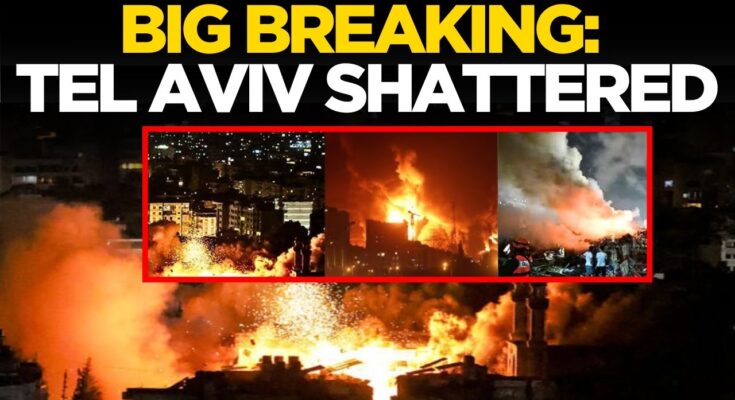The skies above Israel lit up with streaks of fire and loud explosions as sirens echoed across cities and towns. On what started as a typical day, the country suddenly found itself under a massive and coordinated ballistic missile attack. Air-raid sirens blared throughout Jerusalem, Tel Aviv, and dozens of southern communities, warning citizens to take immediate shelter. Within moments, the familiar thundering sound of Iron Dome interceptions could be heard overhead, signaling yet another chapter in the region’s long history of conflict and defense.
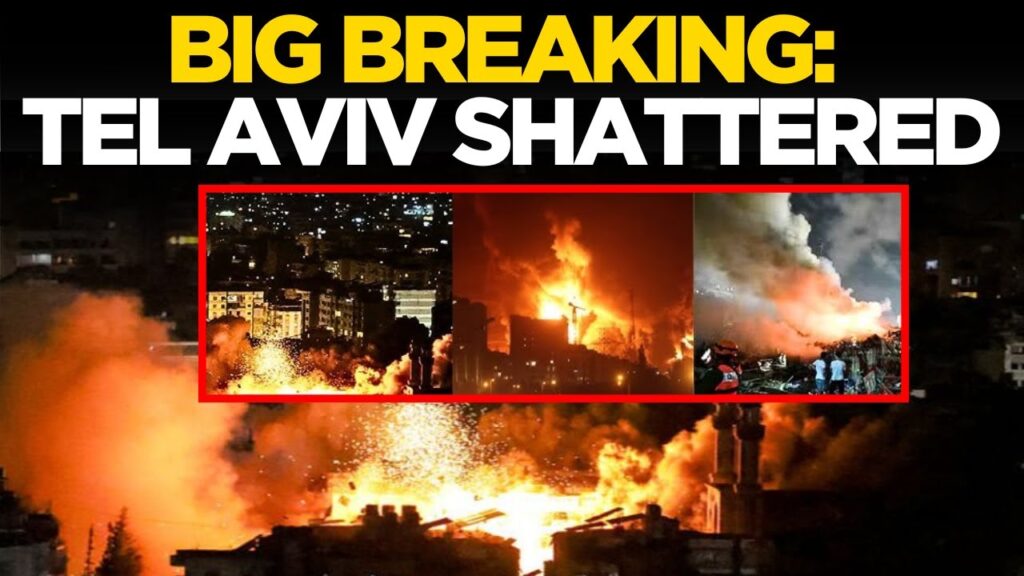
The Attack Unfolds
According to the Israeli military, over 150 ballistic missiles were launched within a two-hour window, targeting both civilian areas and strategic defense sites. The missiles came from multiple directions, with initial reports indicating that the attacks originated from both Gaza and beyond, possibly involving coordinated efforts from Lebanon and Syria.
The barrage began around 6:45 PM local time, just as many Israelis were finishing dinner or commuting home. The sudden wail of sirens sent people scrambling for safety. In Tel Aviv, restaurants emptied as patrons rushed into underground shelters. In smaller towns near the Gaza border, families clung to each other in reinforced rooms, praying for the best.
Social media was quickly flooded with video footage showing missile trails streaking across the sky, intercepted midair by Israel’s Iron Dome defense system. Bright flashes and deep rumbles followed, with some interceptions occurring directly above urban centers.

The Iron Dome Responds
Israel’s Iron Dome, one of the most sophisticated missile defense systems in the world, was immediately activated. The defense system, designed to detect, intercept, and destroy incoming short- and medium-range rockets, launched dozens of interceptor missiles in response. Initial estimates from the Israeli Defense Forces (IDF) indicated that the Iron Dome successfully neutralized approximately 90% of the incoming threats.
Despite the system’s high interception rate, several missiles managed to break through. In the southern city of Ashkelon, a missile hit a residential building, causing significant structural damage and injuring five civilians. Emergency services responded quickly, and the injured were rushed to nearby hospitals. Fortunately, no fatalities were reported at the time of this writing.
In Jerusalem, a missile landed in an open field near a kindergarten. No injuries were reported, but the explosion caused widespread panic among residents and raised serious questions about the increasing range and accuracy of hostile missiles.
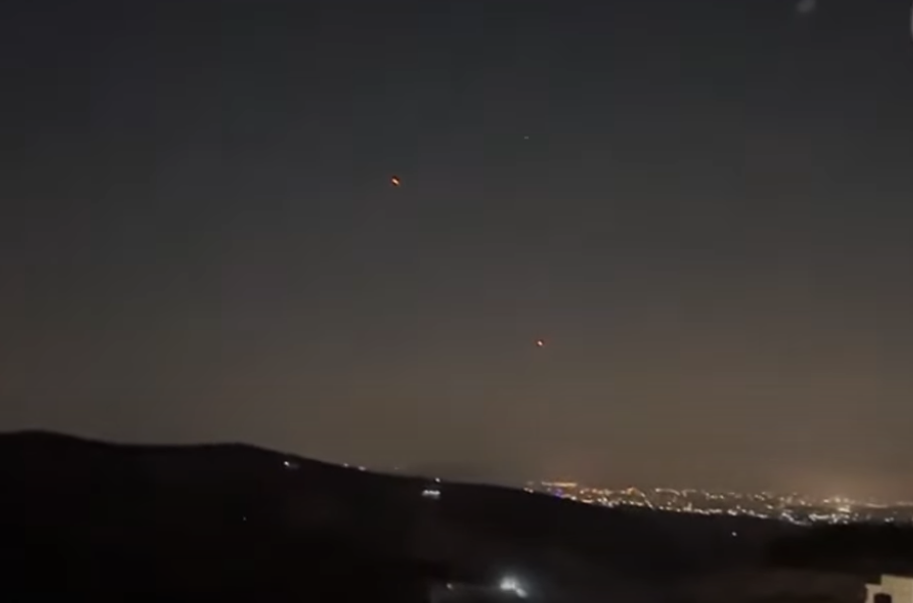
Government and Military Response
Israeli Prime Minister convened an emergency security cabinet meeting shortly after the first wave of attacks. In a public address, he stated:
“This is a red line. Our enemies think they can fire hundreds of missiles into our cities and go unpunished. They are mistaken. Our response will be strong, focused, and unwavering.”
The IDF announced that it had begun retaliatory strikes within an hour of the missile launches. Air Force jets were dispatched to hit missile launch sites, command centers, and suspected weapons storage facilities in Gaza and southern Lebanon. The Israeli military emphasized that its counterattacks were aimed at terrorist infrastructure and not civilian areas.
General Daniel Hagari, IDF spokesperson, added in a press briefing:
“This was not a random attack—it was organized, well-timed, and designed to cause maximum disruption. We are actively identifying all those involved and will pursue them wherever they are.”

Impact on Civilians
The psychological toll on the civilian population was immediately felt. Hospitals across Israel reported an increase in stress-related admissions, particularly among children and the elderly. Many families spent the night in bomb shelters or reinforced rooms, afraid to return to their homes.
Public transportation was halted in multiple cities, and schools across central and southern Israel were closed the next day. The Ministry of Education offered remote learning options and activated psychological support teams for students affected by the trauma.
In Ashdod and Beersheba, damage to power lines and infrastructure resulted in widespread power outages, further complicating emergency responses. Supermarkets and pharmacies reported surges in customers stocking up on essentials like water, batteries, and canned goods.
For many Israelis, the attacks evoked painful memories of previous escalations. Some residents said it reminded them of the 2014 Gaza War or the rocket barrages in May 2021, which lasted over ten days.
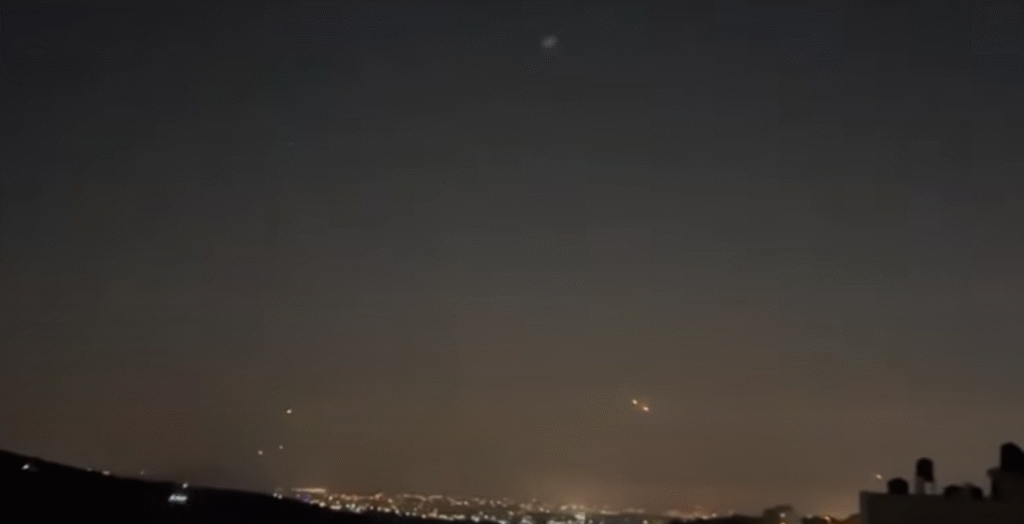
International Reaction
The international community reacted quickly to the unfolding crisis. The United States issued a statement condemning the attacks and reaffirming its commitment to Israel’s right to self-defense. The U.S. State Department called for “immediate de-escalation” and warned regional actors against further provocations.
European leaders echoed similar sentiments. The United Kingdom, Germany, and France called for restraint but placed the blame for the violence on those who initiated the missile launches. UN Secretary-General António Guterres expressed deep concern and urged all parties to avoid a broader regional war.
Iran, long accused of funding and supplying militant groups in Gaza and Lebanon, denied direct involvement but praised what it called the “resistance efforts” of Palestinian factions.
Meanwhile, humanitarian organizations warned of the dangers of a renewed full-scale conflict. The Red Cross and UN agencies activated emergency response protocols, preparing for possible evacuations and medical assistance in both Israel and Gaza.
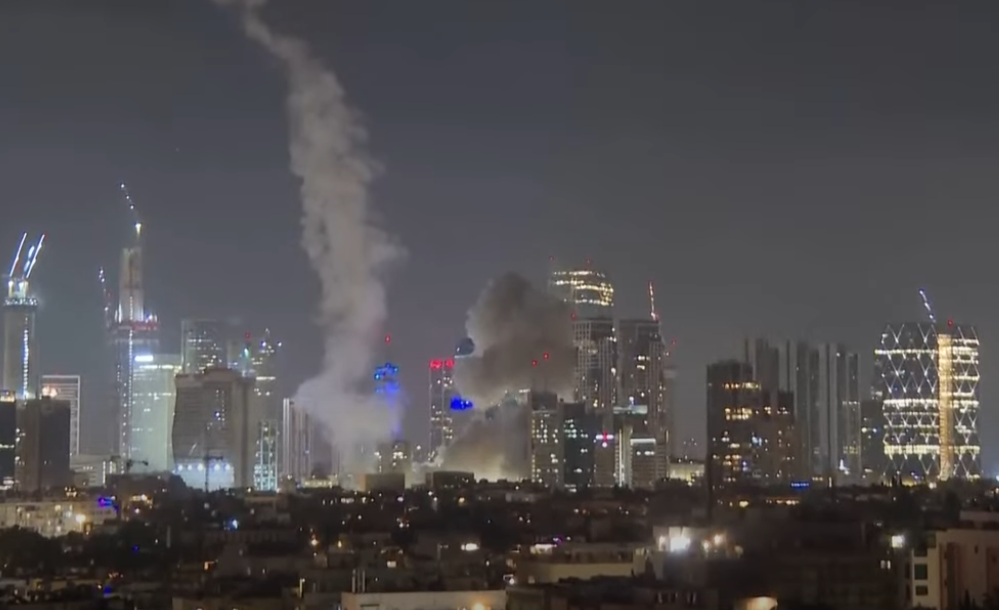
Root Causes and Tensions
The attack comes amid rising tensions in the region over a series of recent events. These include clashes at holy sites in Jerusalem, the killing of a senior militant leader in an Israeli airstrike days earlier, and ongoing disputes over settlements and security coordination in the West Bank.
Analysts suggest that the scale and coordination of the missile attack indicate a high level of planning and possibly foreign backing. The involvement of multiple fronts—Gaza, Lebanon, and Syria—raises concerns about a broader coalition of groups aligned against Israel.
Political analysts fear that continued escalations may push the region into a prolonged conflict, possibly drawing in other nations and further destabilizing the Middle East.
What Happens Next?
As dawn breaks over Israel, the situation remains tense. Air raid sirens continue to sound intermittently, and the military remains on high alert. The government has asked residents to stay near shelters and follow instructions from emergency services.
Retaliatory strikes by the IDF are ongoing, with air force activity reported over southern Gaza and along the Lebanese border. Military convoys have been spotted moving southward, and reservist units have been called up.
For now, civilians brace for the possibility of further violence. As the world watches, the hope remains that diplomacy and dialogue can step in before more lives are lost.

Conclusion
The sight of ballistic missiles flying across Israeli skies, accompanied by the haunting sound of sirens, is a stark reminder of the fragile peace in the region. Though Israel’s defense systems have shown remarkable effectiveness, no system is foolproof. Civilians on both sides of the conflict ultimately bear the burden of political and military decisions. As events continue to unfold, the global community must work swiftly to encourage de-escalation and push for a long-term solution to one of the world’s most enduring and complex conflicts.
